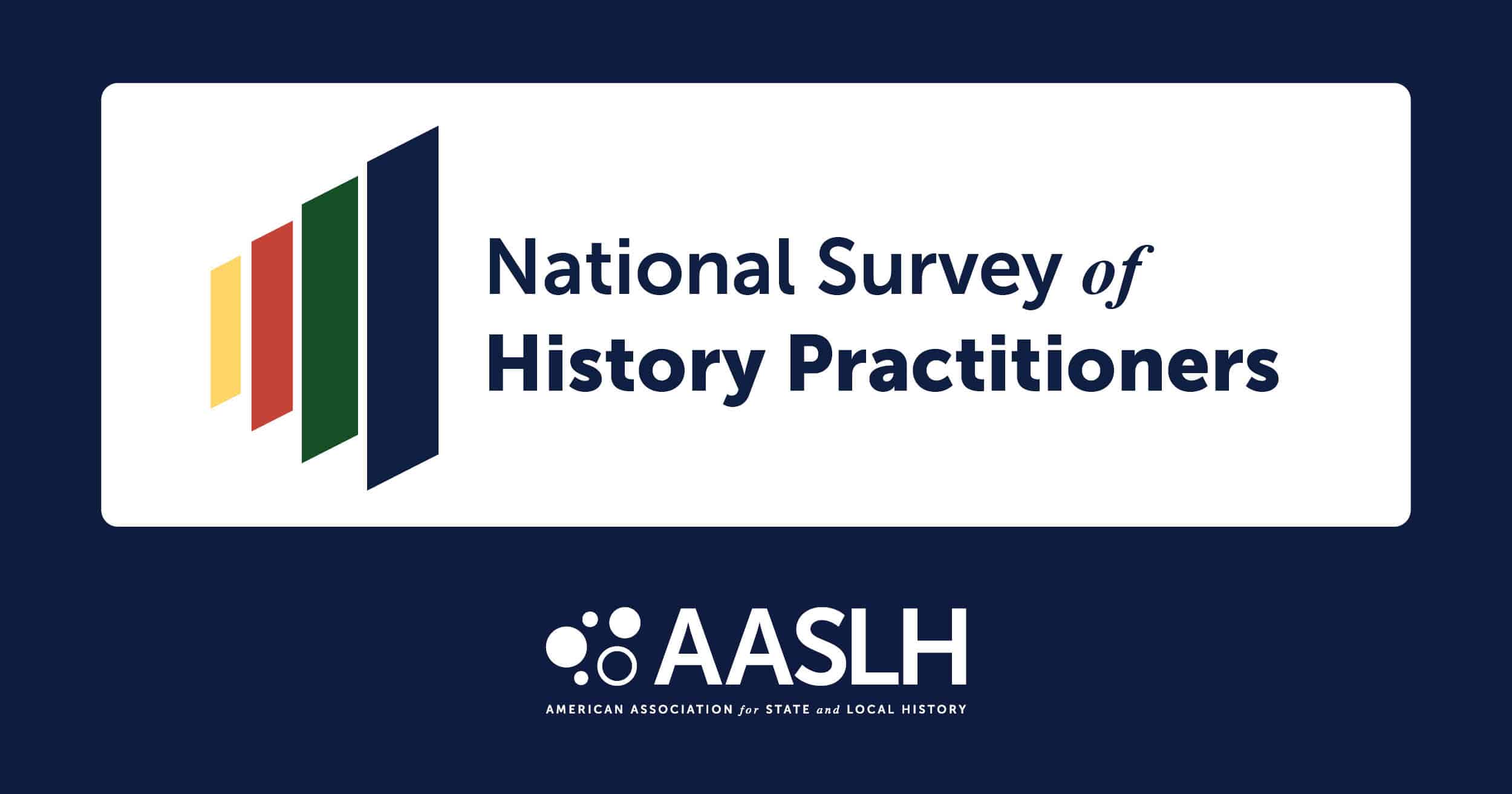Greetings! My name is Jenny Lynch, and I’m the historian of the United States Postal Service. I worked in the USPS Historian’s Office for twenty years before being promoted to the top job in 2012. My favorite thing about this job is that I get to learn something new, every day.
 I’m not planning on retiring any time soon, and I don’t ride a motorcycle anymore, but you never know what life has in store. Last Tuesday, my seemingly perfectly healthy mother had a massive heart attack (grateful shout-out here to the ambulance crew and doctors who saved her life!). Life is fleeting, and every new day is a gift. One day, I will move on.
I’m not planning on retiring any time soon, and I don’t ride a motorcycle anymore, but you never know what life has in store. Last Tuesday, my seemingly perfectly healthy mother had a massive heart attack (grateful shout-out here to the ambulance crew and doctors who saved her life!). Life is fleeting, and every new day is a gift. One day, I will move on.
With these thoughts in mind, and in full acknowledgment that my mastery of the office is a work in progress, I’d like to give a few words of advice to my future replacement, the next USPS historian.
Do’s and Don’ts
Do:
- Use qualifiers and hedge words to build factual statements when available records don’t support absolute statements. Some good ones are: known, apparently, according to, reportedly, as early as, by, and at least. For example, from our Women Mail Carriers papers: “The first known appointment of a woman to carry mail was on April 3, 1845. . . . At least 18 women reportedly carried mail on contract routes in the 1890s.”
- Adopt a critical approach to published histories. Assume that most sources are not trustworthy. The most-repeated claims and “facts” are often the least likely to be true.
- Cite your source when providing information to a customer. For example, “according to Hawaii, Its Stamps and Postal History (Meyer, 1948), Honolulu’s first Postmaster, Henry M. Whitney, was appointed in 1850.”
- Strive to maintain the past tense when writing about history, and stick to the facts. In general, avoid speculating and making opinion statements.
- Do the best you can with the resources on hand. You may have got the job partly because you’re a detail-oriented perfectionist. Don’t beat yourself up if you’re occasionally overwhelmed by competing priorities and half-done tasks. Just do the best you can.
Don’t:
- Wear white, and wear beige or light gray only if you like taking risks. The day you wear white will be the day you receive a rusty circa 1900 cast-iron mailbox or a 19th century Post Office account book with a crumbling binding. Dirt- or rust-colored clothing — with a pattern or print, if you can pull it off — is best at hiding stains. Stick to machine-washable clothing, if possible.
- Wear skirts or dresses often, or at all. Pants are more practical. Efficiently managing artifacts and researching records in dusty archives at various shelf-heights may require bending and stooping.
- Take notes only on where you find the answer to your research question. Also note down all the places you looked, but didn’t find the answer — otherwise you may turn over the same stone in the future, again and again.
- Throw away your research notes. Save your notes. Even though 60% of your research results might not be immediately relevant, chances are they’ll come in handy someday.
That’s all I have for you, future me. Goodbye and good luck.
Jenny Lynch is the Historian and Corporate Information Services Manager for the United States Postal Service.





